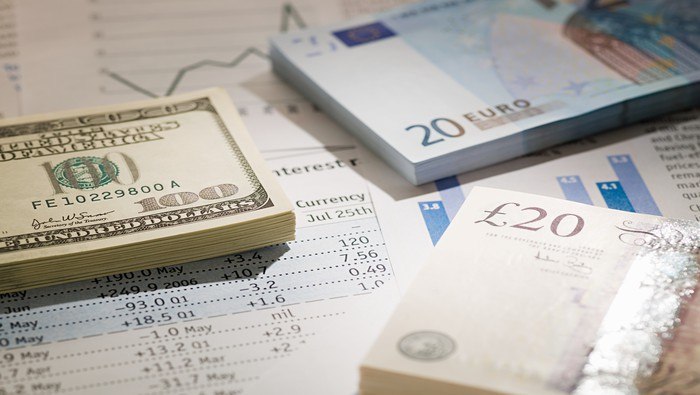Talking Points:
- RBA does not change its GDP and CPI forecast for 2016
- Growth forecasts range 2%-3% for the year ; CPI 2%-3% in 4Q 2016
- China’s economic transition stands out as primary concern for RBA
See how retail traders are positioned in the Australian Dollar with the DailyFX SSI.
The Reserve Bank of Australia’s February monetary policy statement noted that low inflation may provide scope for further easing. Despite that dovishness, the bank maintained the same forecasts for its 2016 GDP and CPI forecast from the November 2015 report. GDP is anticipated to grow 2 to 3 percent for the year and underlying consumer inflation is expected to reach the 2 to 3 percent target range in the fourth quarter of 2016. The central bank expects job growth to push the unemployment rate lower.
Perhaps the most prominent concern for the economy was highlighted by the risks in China, Australia’s main trading partner. The report said that the uncertainty in its forecast was founded largely on its concern over the world’s second largest economy. In particular, the group noted danger in the Chinese government’s ability to successfully transition to a service oriented economy.
The AUD/USD exchange rate did fall when the statement was released but it may have been due to the soft Australian spending figures crossing the wires at the same time. December’s retail sales showed a print of 0.0 percent m/m versus the 0.4 percent growth expectation and 0.4 percent growth in November. Retail sales excluding inflation in the fourth quarter showed growth of 0.6 percent (QoQ), lower than the 0.9 percent forecast but higher than the 0.5% revised third quarter reading.







